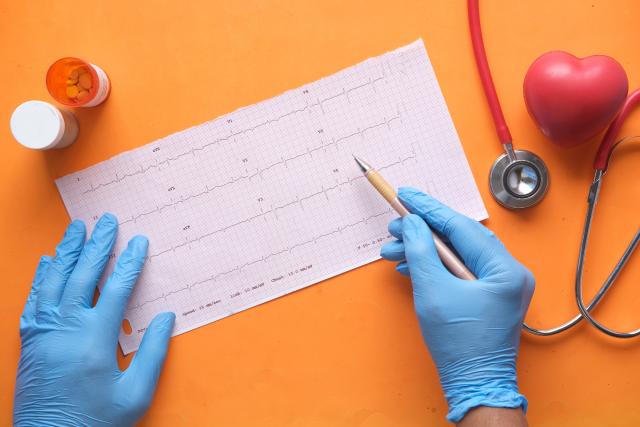Breast Cancer Network Australia (BCNA) Australia’s leading voice for people affected by breast cancer, has welcomed last week’s announcement by Health and Aged Care Minister Mark Butler of a review into Australia’s BreastScreen program.
BCNA was an active participant in the Roadmap to Optimising Screening in Australia (ROSA) project, which recommended the review. The outcomes of the ROSA project were also released last week.
A BCNA trained Consumer Representative from the Seat at the Table program was part of the ROSA project’s Expert Advisory Group, representing BCNA’s collective position on behalf of its entire network of people with a lived experience of breast cancer.
The Federal Government contracted Cancer Council Australia (CCA) in early 2018 to undertake the ROSA project to examine the evidence and options for more risk-based, personalised approaches for the early detection of asymptomatic breast cancer in Australia.
BCNA Director of Policy, Advocacy & Support Services, Vicki Durston, said improving outcomes through early detection is a key strategic priority for BCNA because we know when breast cancer is caught early it results in better treatment outcomes and survival rates.
However, Ms Durston said Australia’s screening rates have not seen significant improvement in over a decade and currently only about half of the eligible population are screened through BreastScreen.
“We want to see the Federal Government lead implementation of risk stratified breast screening in Australia,”she said.
Risk stratification sees people screened based on their individual risk of breast cancer, rather than a one-size-fits all approach to the population.
Approaches to risk stratification can take into account things such as family history of cancer, breast density, and Aboriginal and Torres Strait islander status to ensure people are screened at a frequency and with a method that is appropriate to their risk of cancer.
“There are many disparities in screening across Australia. We know only some states and territories tell women if they have dense breasts,” she said.
“Aboriginal and Torres Strait Islander screening rates are also considerably lower than for non-indigenous Australians, which leads to much poorer breast cancer survival rates for these groups.”
BCNA is already working alongside several state and territories as they implement approaches like reporting of breast density. Breast density (also called mammographic density) is a term used to describe how breasts look on a mammogram. People with dense breasts are at increased risk of having cancers missed.
“The evidence is there, how we diagnose and treat breast cancer is evolving. With the upcoming release of the Australian Cancer Plan, the time is now to consider how we best screen people for breast cancer.”







